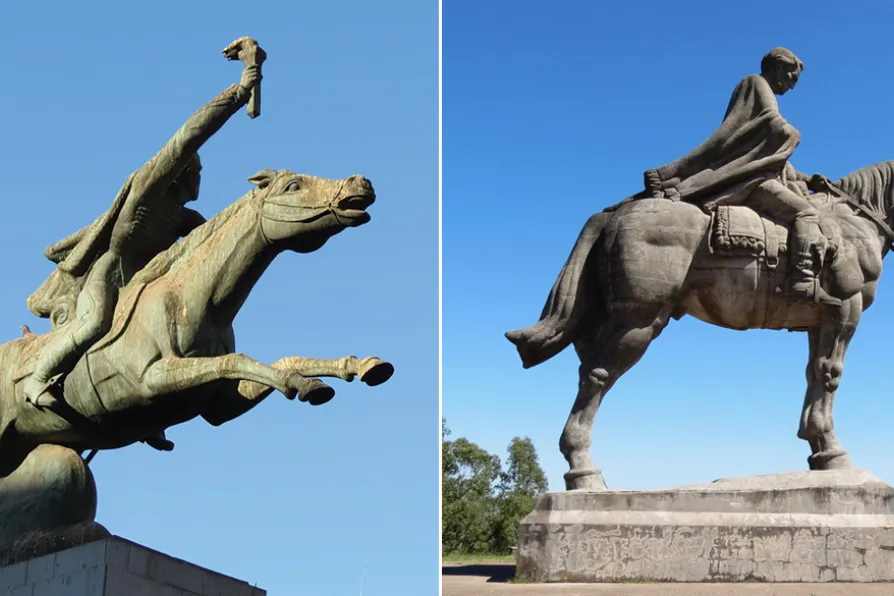RICHARD MURGATROYD enjoys a readable account of the life and meditations of one of the few Roman emperors with a good reputation

 (L to R) Manuel Rodriguez; Jose Gervasio Artigas
[Kees van Tilburg/equestrianstatue.org]
(L to R) Manuel Rodriguez; Jose Gervasio Artigas
[Kees van Tilburg/equestrianstatue.org]
WHILE equestrian statues are probably the most ubiquitous of all public monuments in Western towns and cities, their aesthetics are predictably formulaic.
Three or four standard formats are replicated ad nauseam and most are offensive examples of wars waged by the rapacious elites of any given country.
Roman emperor-philosopher Marcus Aurelius, whose 2,000-year-old equestrian statue is the oldest complete one in existence, is without armour or weapons as befits a supposed bringer of peace.

JOHN GREEN is fascinated by a very readable account of Britain’s involvement in South America

For the first time in years, the dominant voice within Chile’s official left comes not from neoliberal centrists but from the world of labour, writes LEONEL POBLETE CODUTTI












